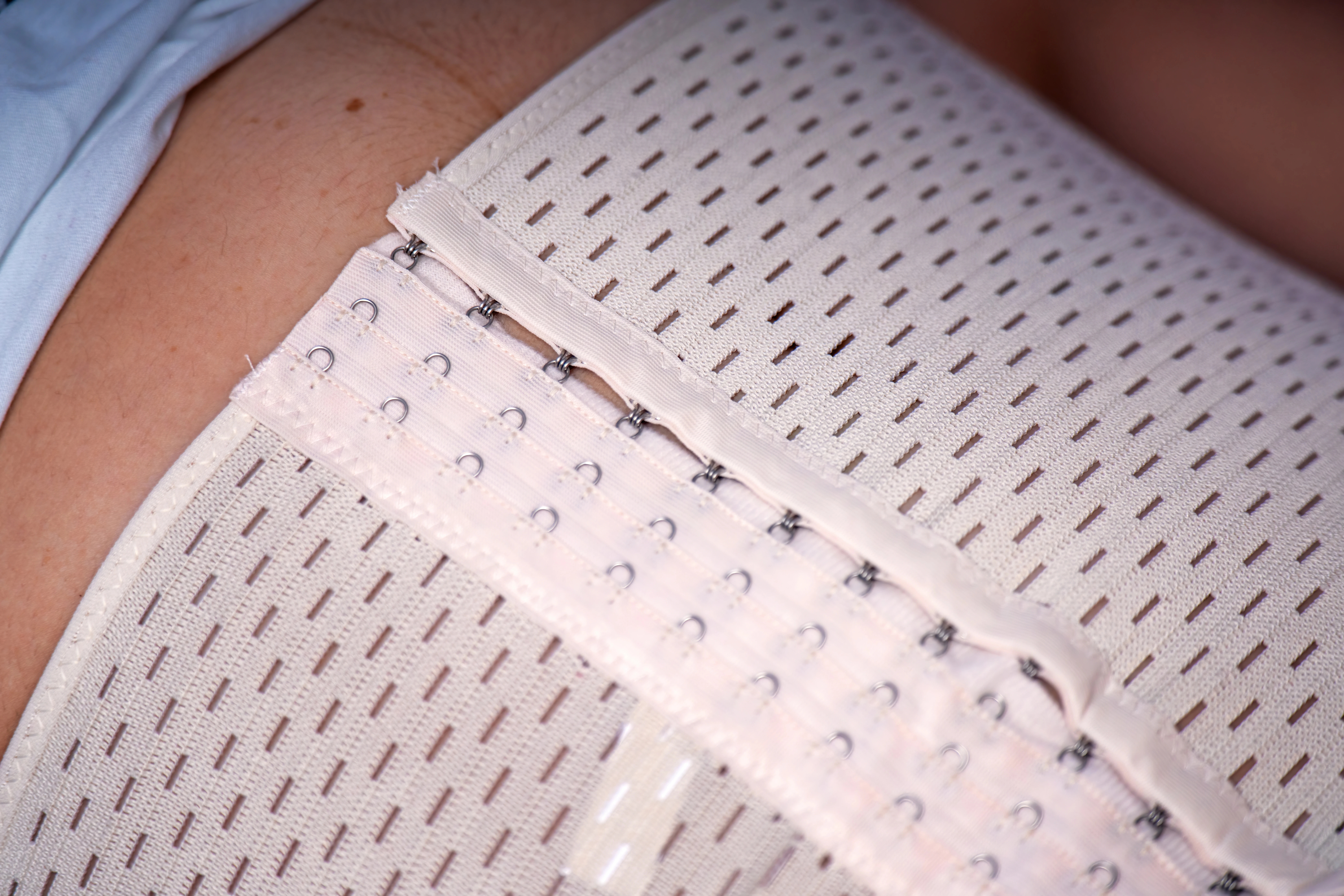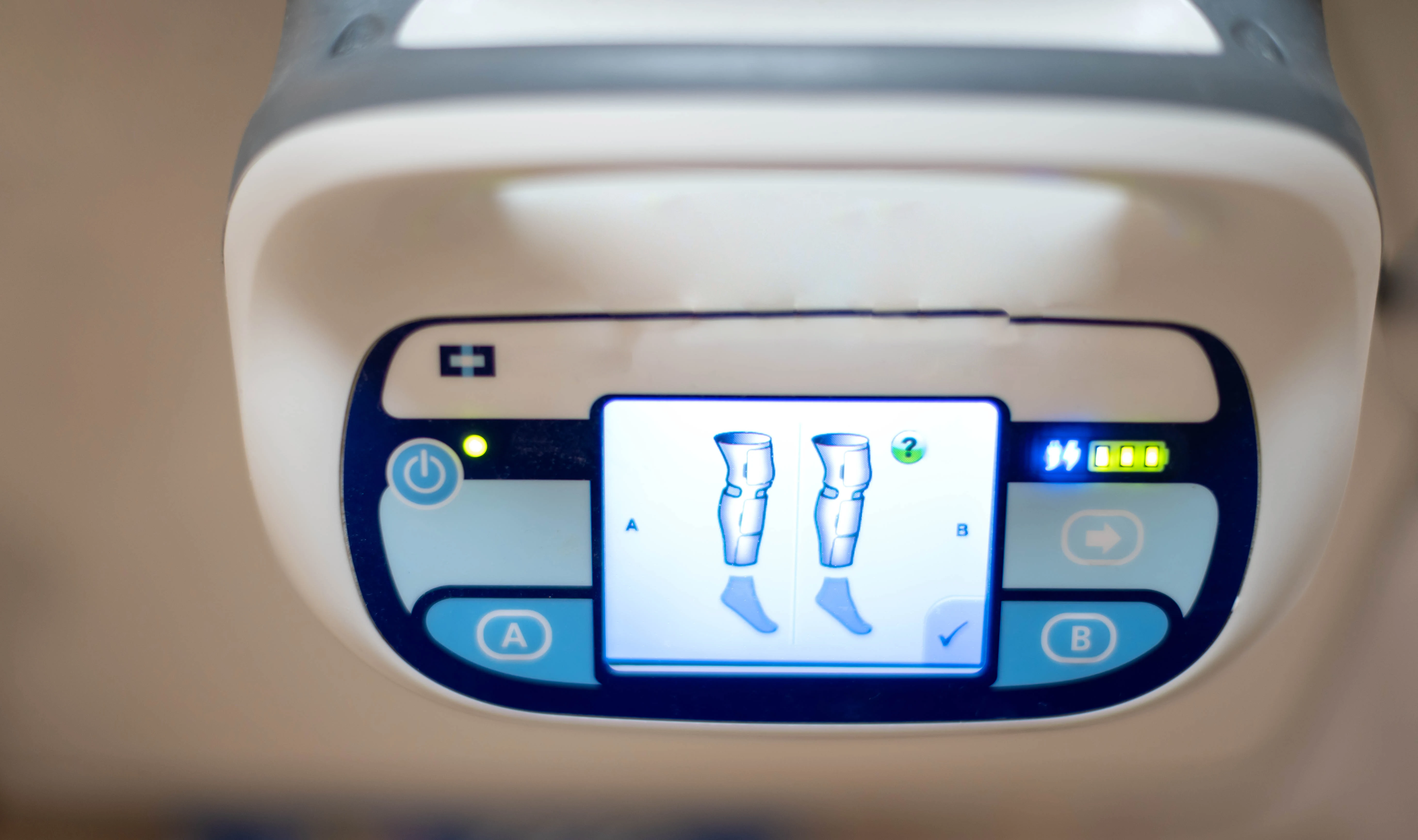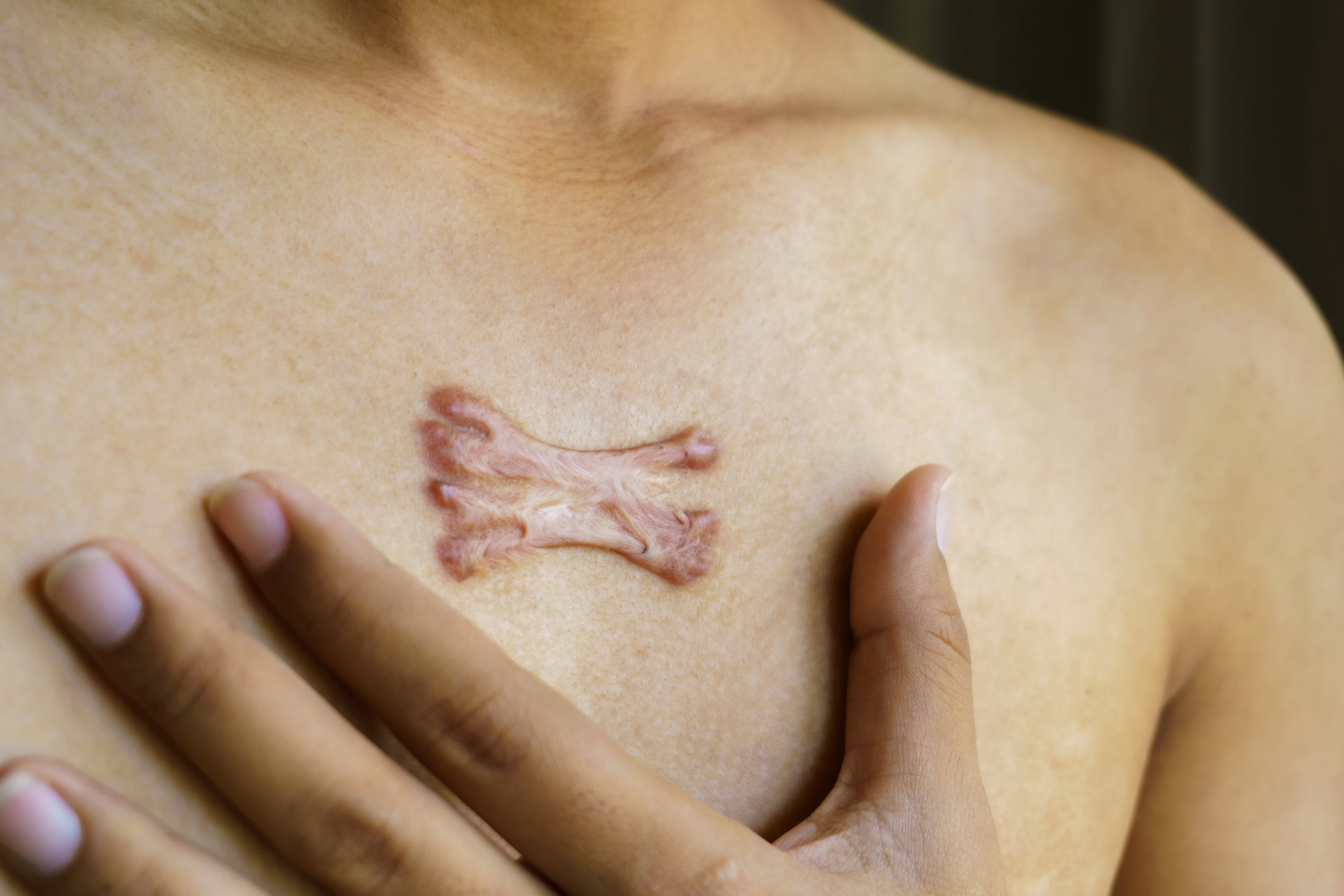When Does Swelling Peak After Surgery or Aesthetic Treatment?

Swelling is one of the most common—and often most surprising—parts of the recovery process following surgery or cosmetic procedures. Whether you’ve undergone a full body contouring surgery, a small in-office treatment, or something in between, it’s helpful to understand the body’s normal healing response.
Understanding the Swelling Timeline
Immediately after a procedure, many patients believe what they see is the “worst” of the swelling. Unfortunately, that’s not usually the case.
In most cases, swelling peaks between 2 to 4 days post-procedure, not immediately afterward. This is a normal and expected part of your body’s immune and healing cascade. Knowing this ahead of time allows you to emotionally and logistically prepare for the days following your procedure .
Tips to Minimize Swelling
While swelling is natural, there are a few safe and effective ways to manage it during recovery:
- Cool Packs (If Sensation Is Intact)
- Applying a cold pack can help reduce swelling and relieve discomfort. But only do this if you still have full sensation in the area. For example, if you’ve had a tummy tuck or liposuction and the skin is numb, it’s best to avoid any temperature therapy directly on the skin. Always wrap cold packs in a thin cloth or pillowcase to avoid skin injury.
- Elevation
- Keeping the treated area elevated above the level of your heart can help drain fluid and minimize swelling. This is especially effective after facial surgeries such as rhinoplasty, facelifts, or eyelid procedures.
- Compression Garments
- For body procedures—such as liposuction, breast surgery, or tummy tucks—a properly fitted compression garment can help control swelling and support the tissues as they heal. Follow your surgeon’s instructions carefully regarding when and how long to wear it.
Why Knowing the Peak Matters
Anticipating that your swelling will increase before it gets better helps reduce worry and avoids unnecessary concern during the healing process. It’s not a setback—it’s just part of recovery. Swelling can take weeks to fully resolve, especially with more extensive procedures, but early peaks in inflammation should begin to subside by the end of the first week .
Have More Questions?
Always consult with your surgeon for tailored advice based on your procedure and health history. Swelling is a sign your body is healing—understanding it is the first step toward a smoother recovery.
Our surgical and non-surgical treatment options
Ready to start your transformation?
Whether you’re just beginning to explore your options or have specific goals in mind, we’re here to guide you with expertise and compassion.

Read more articles

Do You Really Need to Wear a Post-Op Abdominal Binder or Compression Garment?
Wondering if you really need that post-op binder or compression garment? Learn what they actually do, the evidence behind them, how long to wear them, and how to choose one that fits your recovery needs and budget.

The 3 Most Important Parts of Recovery After Plastic Surgery
Learn the three most important parts of recovering safely after surgery: anesthesia safety, infection prevention, and bleeding or clotting management. Dr. Victoria Aimé explains what patients need to know before and after their procedure.

Why We Use SCDs for Blood Clot Prevention After Surgery
SCDs are a simple but powerful tool used during and after surgery to prevent blood clots. Learn how they work and why we send tummy tuck patients home with them.

Hypertrophic vs. Keloid Scars: What’s the Difference and How to Prevent Them
Not all scars are the same. Learn the key differences between hypertrophic and keloid scars, what puts you at risk, and how to prevent and treat abnormal scar formation after surgery or injury.
